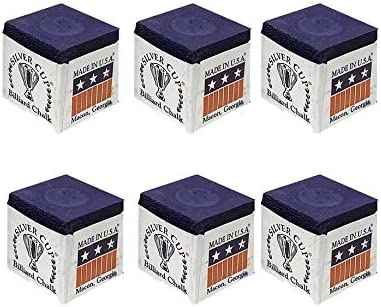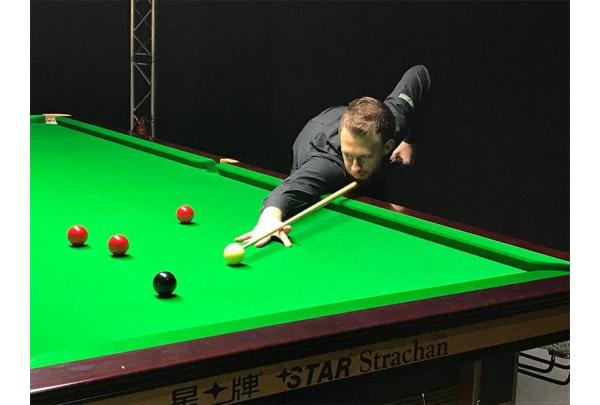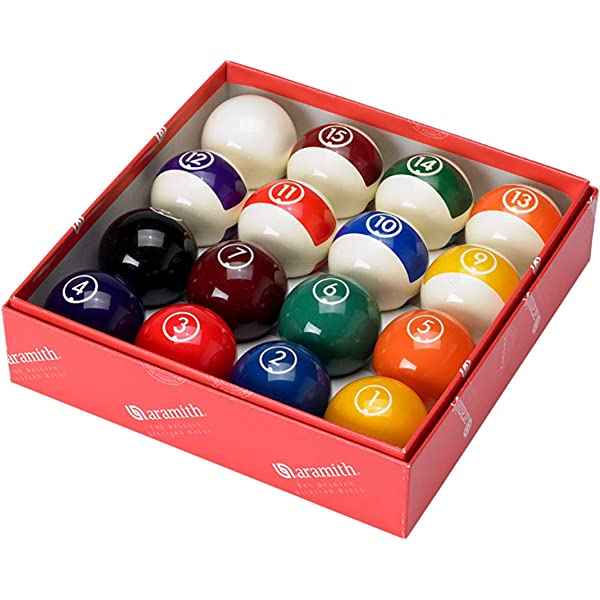
While there are many differences between pool and snooker, there are some commonalities. Both games have similar rules and tables. The former has smaller pockets of balls and more complex scoring systems. In addition, both games require you to practice until you're a master.
Snooker tables have a lower set.
Both pool and snooker are table games. However, their rules can be quite different. You can play them on different-sized tables. Pool tables have bigger pockets, while snooker tables have smaller pockets. Snooker tables are typically higher-set and have a larger playing surface than pool tables. The balls used for snooker are smaller than those for pool, and the British cue ball is slightly smaller than American cue balls.
The pocket on a Snooker Table is less deep than the one on a Pool Table. The side pockets are larger, while the corner pockets are smaller. While the markings are the same as those on pool tables for snooker, the head spot and foot spot are different. In snooker, the apex ball is placed at the foot spot and a break is made from an invisible line running across the table. However, a pool cue is a little heavier than a snooker cue. A 15-ball rack is found at the top snooker table. This rack is numbered.

Smooth surfaces are a hallmark of snooker tables
The difference in the surface between a snooker or pool table is significant. Pool tables have a rougher surface, while snooker tables have a smooth, velvety surface. This allows for better ball control, but can cause frustration for some players. To maintain control and avoid fouls, a smooth surface is crucial. Both pool and snooker tables come with cloths, and the materials they're made from can be costly. These materials are durable, and can last many years.
Snooker tables are also smooth, with rounded pockets. Pool tables have shallower pockets. These pockets are essential for hitting the pocket ball accurately. The game is much more enjoyable due to the smooth surface on the snooker board.
Snooker pockets look curvier from the inside.
The shape of a snooker box is crucial in determining the difficulty or ease with which a player can make pots. Pockets with curved corners on the inside make it more difficult to get a pot. There are many variations in the shape of pockets on snooker tables.
Snooker pockets are more curved on the inside than they are on the outside. This allows the cue balls to be aimed at a more easily. It's easier to target smaller snooker ball. Players must control the cue ball to make pots.

Snooker is more fun than pool
Snooker is more difficult than pool but is much easier to learn. This is because the pockets in snooker are much narrower, and snooker players need to calculate spin, power, and aim much more precisely. Snooker is more challenging to play than pool. However, it is simpler to learn than both, so players of all skill levels will be able to play both.
Snooker may be easier to learn than pool. However, many people still think it is more difficult than swimming. This is partly due to differences in the sizes of the balls as well as the size and shape of the tables. Snooker balls have smaller pockets, which make them more difficult for you to hit. The smaller pockets make snooker easier to play, but snooker has more rules than pool.